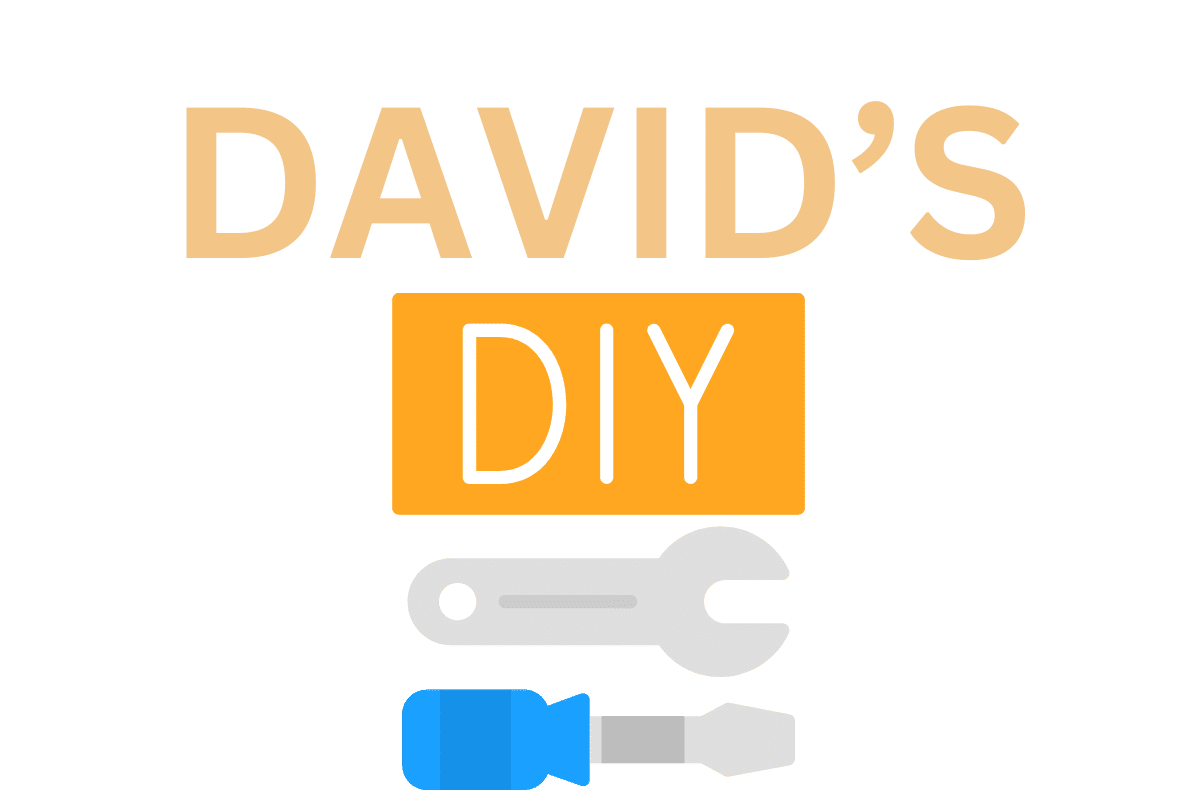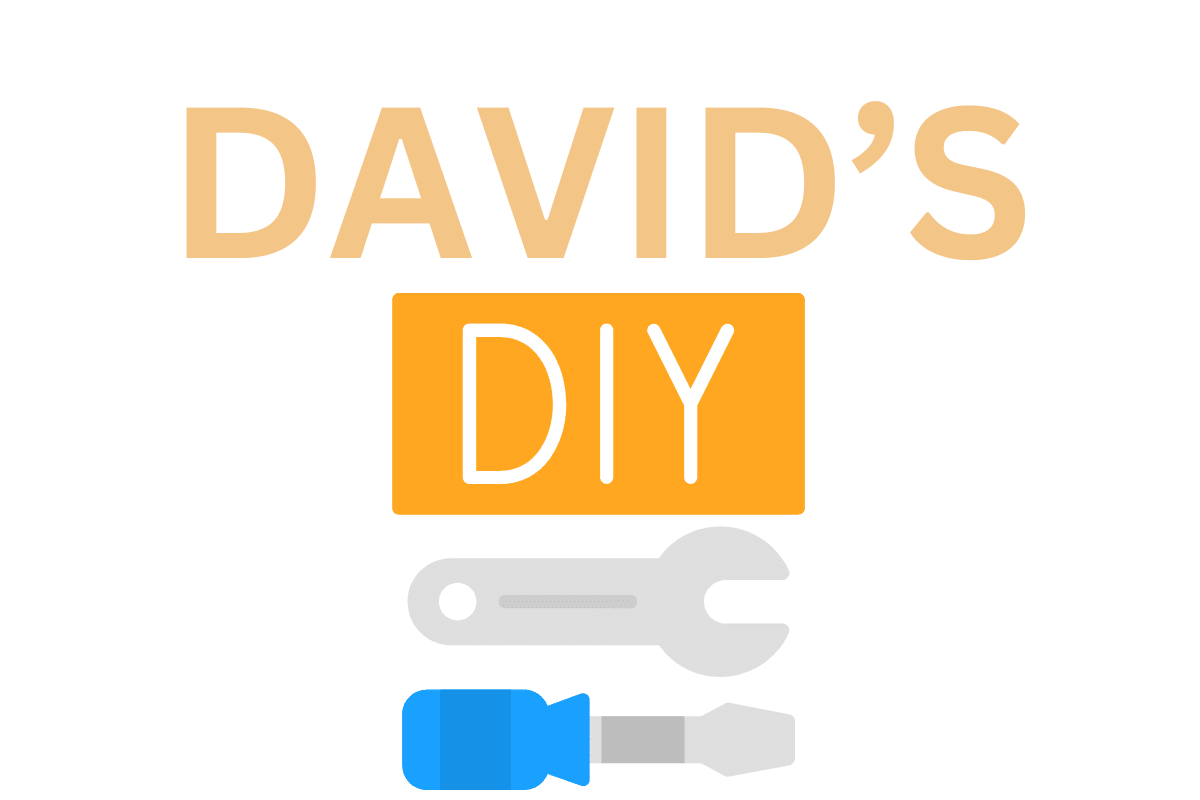Let’s face it, power tools are not exactly teddy bears; they can bite if mishandled. Understanding the ins and outs of these machines is paramount, not just for efficiency but for your safety. From mastering the basics to navigating the maze of features, this guide will equip you with the knowledge needed to tackle projects with confidence. But before you rev up that saw or drill into action, there are crucial safety protocols and techniques to grasp. Stay tuned to uncover the essential tips that will set you on the path to becoming a skilled power tool user.
Importance of Safety Measures
Why is prioritizing safety measures crucial when using power tools? Safety is of utmost importance when handling power tools to prevent accidents and injuries. Awareness of potential hazards and understanding safety protocols can significantly reduce the risks associated with power tool usage. It is essential to prioritize safety to create a secure working environment and protect oneself and others from harm.
Prevention is key when it comes to safety while using power tools. Simple measures such as wearing appropriate personal protective equipment, like safety goggles and gloves, can prevent injuries from flying debris or accidental cuts. Additionally, following proper usage guidelines, such as keeping tools clean and well-maintained, can help prevent malfunctions that may lead to accidents. By being aware of the potential dangers and taking proactive safety measures, individuals can ensure a safe and productive experience when using power tools. Remember, safety should always be the top priority when working with power tools.
Understanding Power Tool Features
When considering power tools, it is crucial to understand the key features that differentiate them. Safety mechanisms play a vital role in protecting users from accidents and should be thoroughly comprehended. Additionally, proper maintenance tips are essential for ensuring the longevity and efficiency of power tools.
Key Features to Consider
Understanding power tool features is essential for making informed purchasing decisions and maximizing their utility. When considering a power tool, focus on features that align with your intended use. For tool selection, prioritize factors like power source (corded or cordless), motor power, speed settings, and ergonomics for comfortable handling. Ensure the tool suits the tasks you plan to undertake to avoid underperformance or safety risks. Proper usage depends on features such as adjustable depth settings, blade guards, and safety locks. These elements enhance precision, protect the user, and contribute to efficient operation. By understanding and selecting tools with the right features, you can work effectively and safely while achieving the best results.
Safety Mechanisms Explained
To ensure safe and efficient operation of power tools, it is crucial to understand the various safety mechanisms they incorporate. Safety protocols play a vital role in protecting users from potential hazards during tool operation. One essential safety feature commonly found in power tools is the blade guard, which shields the cutting blade to prevent accidental contact. Additionally, many power tools are equipped with a safety switch or button that must be engaged to activate the tool, reducing the risk of unintentional start-ups. Understanding how these safety mechanisms function and being diligent in following proper safety procedures can greatly minimize the likelihood of accidents or injuries while using power tools. Always prioritize safety when operating any power tool to ensure a secure and productive working environment.
Tool Maintenance Tips
Maintaining power tools is essential to ensure their longevity and optimal performance. Cleaning methods play a crucial role in preventing debris buildup that can affect the tool’s functionality. Regularly removing dust and dirt with a soft brush or cloth can help maintain the tool’s efficiency. Additionally, lubrication is key to reducing friction and wear on moving parts, enhancing the tool’s lifespan. Applying a suitable lubricant according to the manufacturer’s recommendations can keep the tool running smoothly. Rust prevention is also vital for preserving power tools. Wiping down metal surfaces with a rust inhibitor or storing tools in a dry environment can help prevent corrosion. By following these maintenance tips, power tool users can prolong the life of their equipment and ensure consistent performance.
Proper Tool Handling Techniques
When using power tools, prioritizing safety through correct handling techniques is paramount. Grip techniques play a crucial role in ensuring a secure hold on the tool. Always grip the power tool firmly with both hands, one on the handle and the other on the auxiliary handle if available. Proper tool positioning is essential for maintaining control and balance during operation. Ensure that your body is positioned comfortably and that the tool is held at the correct angle to the workpiece.
Speed control is another key aspect of proper tool handling. Adjust the speed settings according to the task at hand. Lower speeds are ideal for tasks that require precision cuts, while higher speeds are more suitable for tasks that demand efficiency. Remember to start at a lower speed and gradually increase it as needed.
Choosing the Right Personal Protective Equipment
When working with power tools, selecting the correct Personal Protective Equipment (PPE) is crucial for your safety. It is vital to ensure that the PPE fits properly and is used according to its intended purpose. Regular maintenance and timely replacement of PPE are also essential for optimal protection.
Essential PPE for Safety
Ensuring proper selection of personal protective equipment is crucial for maintaining safety when using power tools. When it comes to safety gear selection, consider the following protective equipment essentials:
- Safety Glasses: Protect your eyes from flying debris, dust, and other particles.
- Ear Protection: Prevent hearing damage from the loud noise generated by power tools.
- Respirator or Dust Mask: Guard against inhaling harmful dust, fumes, or chemicals.
These items are fundamental in safeguarding yourself from potential hazards while operating power tools. Remember, investing in quality personal protective equipment is investing in your well-being and safety.
Proper Fit and Use
Choosing the right personal protective equipment involves ensuring proper fit and usage to effectively protect oneself when using power tools. It is crucial to select gear that fits well and allows for proper movement while providing necessary protection. When choosing the right size, consider trying on different options to find the most comfortable and secure fit. Additionally, mastering proper grip techniques is essential for maintaining control and reducing the risk of accidents. Below is a table outlining key personal protective equipment and their purposes:
| Personal Protective Equipment | Purpose |
|---|---|
| Safety Glasses | Protect eyes from debris |
| Ear Muffs | Reduce noise exposure |
| Work Gloves | Shield hands from cuts |
Maintenance and Replacement
To ensure optimal safety and protection, it is imperative to regularly inspect and replace personal protective equipment when necessary. Personal protective equipment undergoes wear and tear over time, reducing its effectiveness in safeguarding you during power tool operation. Here are key points to consider for maintaining your protective gear:
- Inspect for wear and tear: Regularly check your gear for any signs of damage or deterioration.
- Schedule routine checks: Establish a maintenance schedule to ensure your equipment is always in top condition.
- Timely replacement: Replace any protective gear that shows signs of wear, as using compromised equipment can jeopardize your safety.
Common Power Tool Mistakes to Avoid
One of the most crucial aspects of using power tools effectively is understanding and avoiding common mistakes. When it comes to tool selection, a common error is using the wrong tool for the job. Each power tool is designed for specific tasks, and using the incorrect one can lead to inefficiency or safety hazards. It’s essential to match the tool to the job at hand to ensure optimal results.
Another frequent mistake is neglecting proper technique. Failing to follow the manufacturer’s instructions or skipping safety precautions can result in accidents or damage to the tool. Always take the time to familiarize yourself with the correct operating procedures and safety guidelines before using any power tool.
Practice Projects for Skill Development
For skill development, engaging in hands-on practice projects with power tools is essential to enhance proficiency and confidence in their usage. Here are some project ideas and skill-building exercises to help you improve your power tool expertise:
-
Birdhouse Construction: Building a birdhouse is a great beginner project that allows you to practice measuring, cutting, and assembling wood pieces using tools like a saw and a drill.
-
Toolbox Assembly: Assembling a toolbox involves using various power tools such as a power drill, screwdriver, and sander. This project helps you understand tool functionality and develop your assembly skills.
-
Picture Frame Creation: Crafting a picture frame helps you refine your cutting and joining skills with a miter saw or a table saw. It also allows you to experiment with different finishes and decorative elements.
Engaging in these practice projects will not only enhance your skills but also boost your confidence in using power tools effectively and safely.

